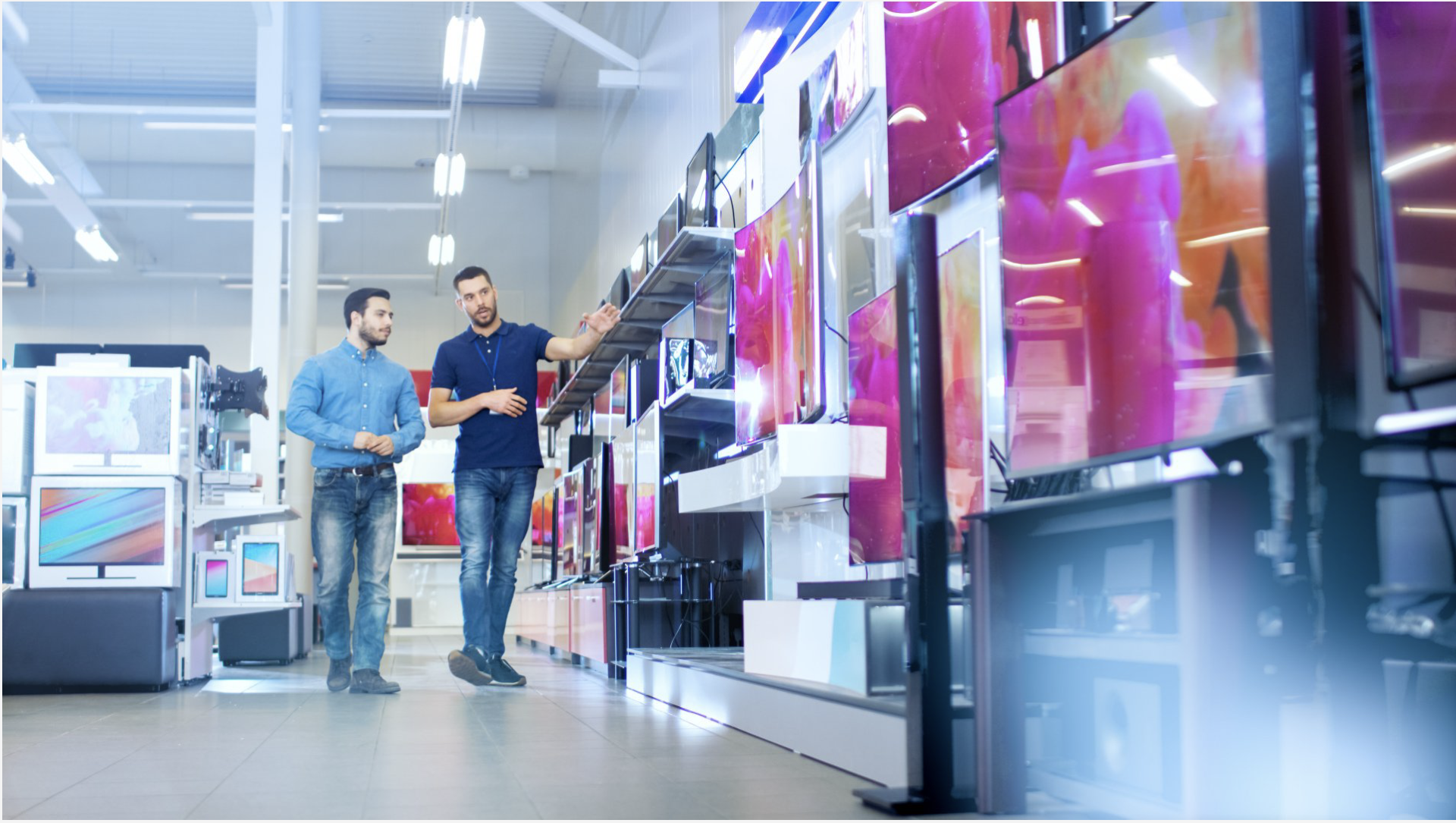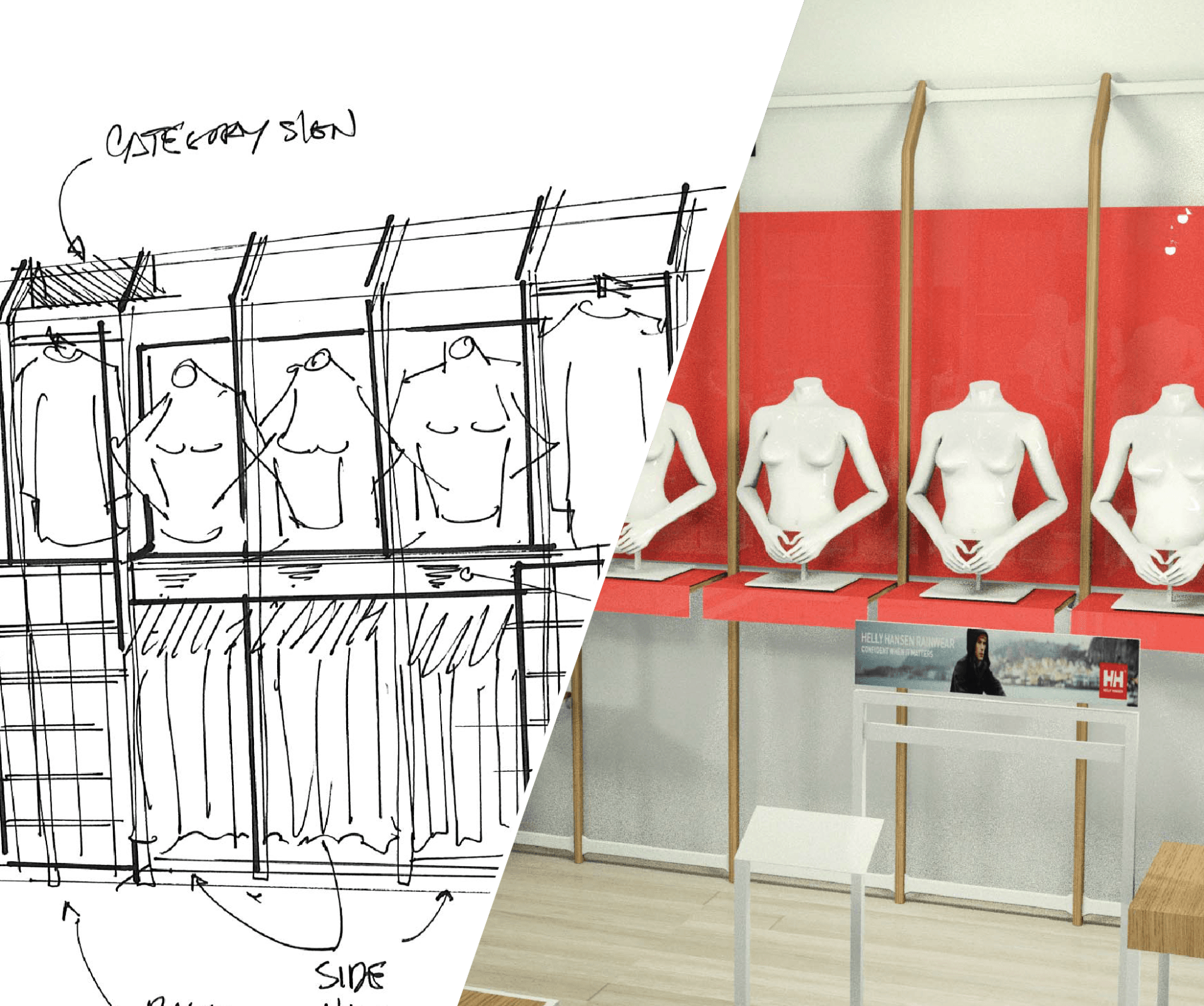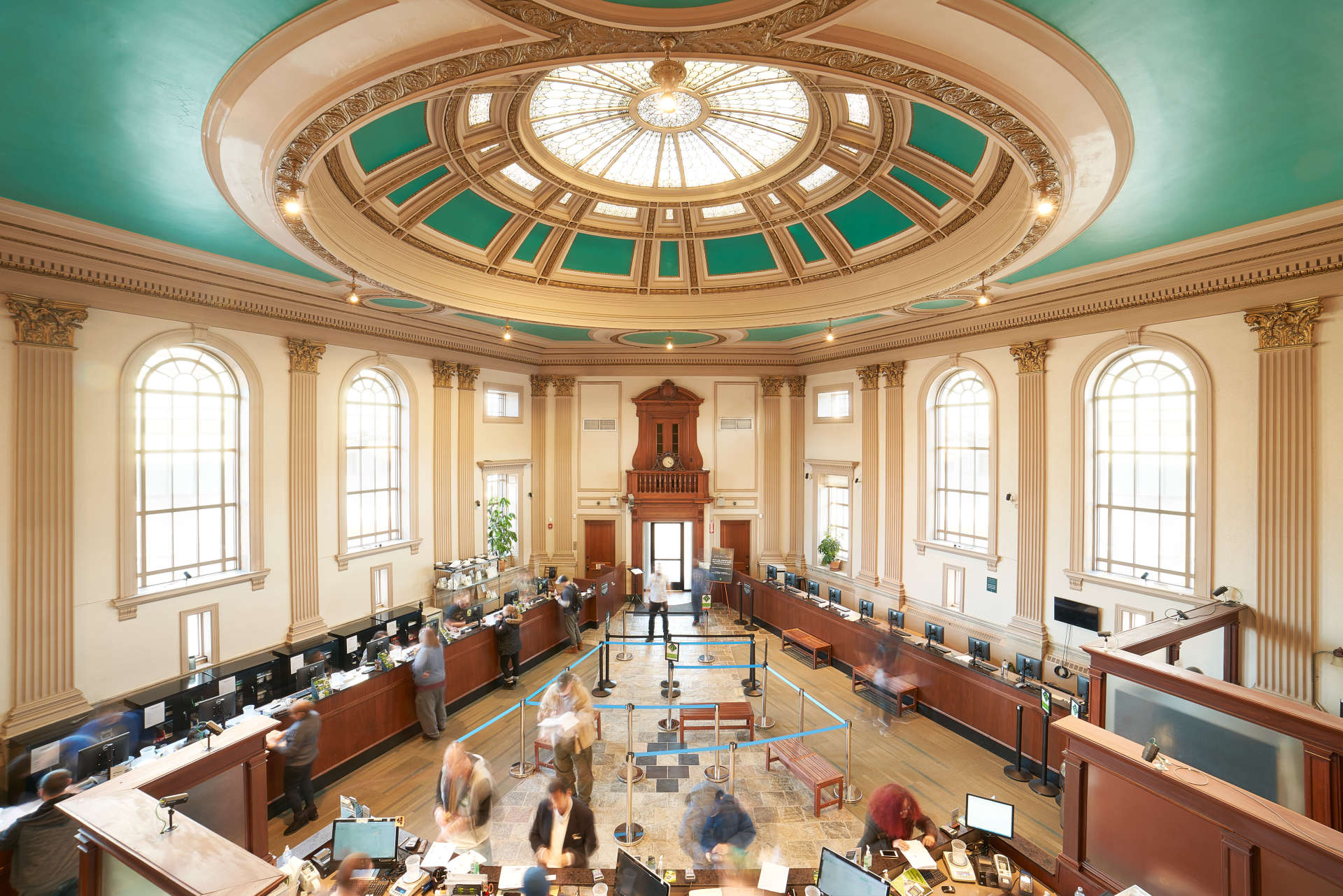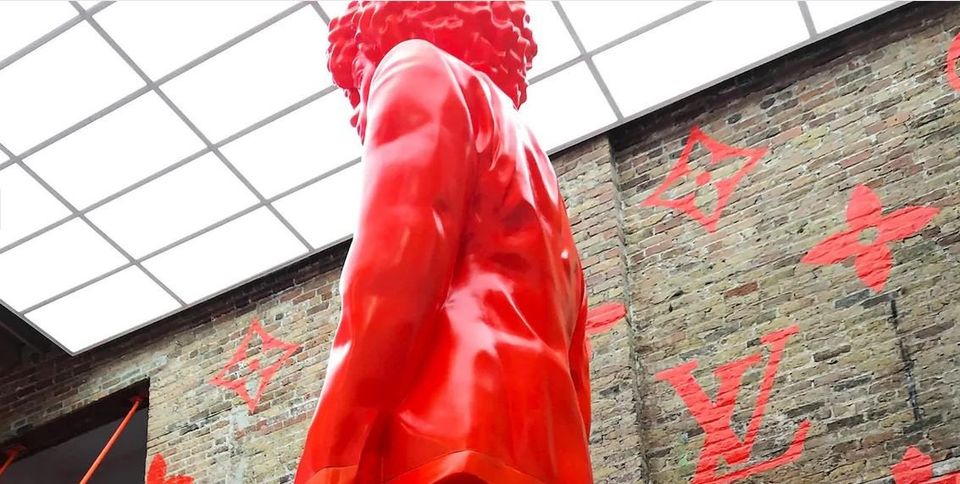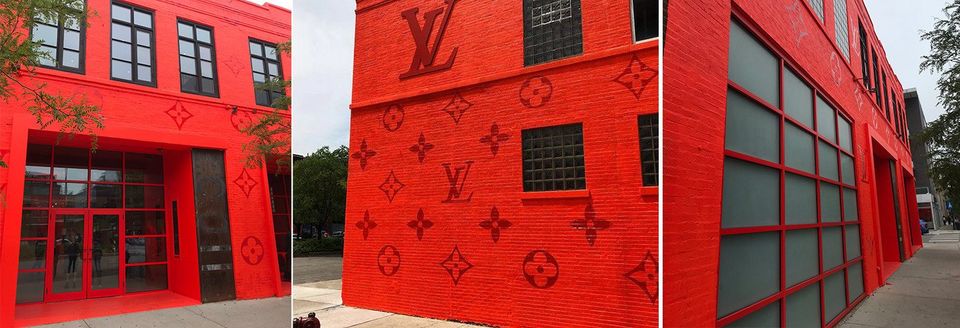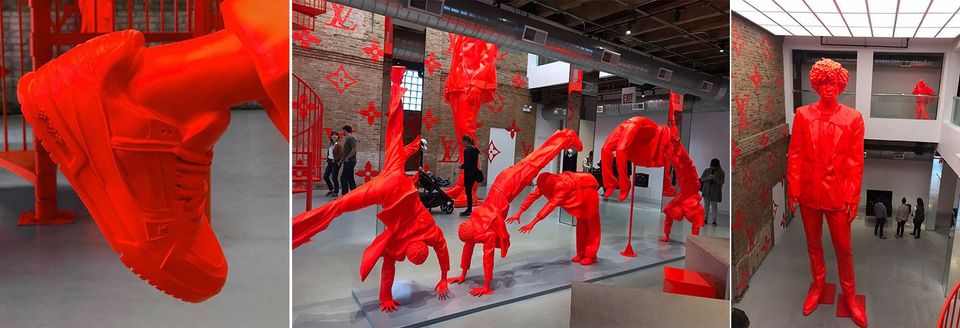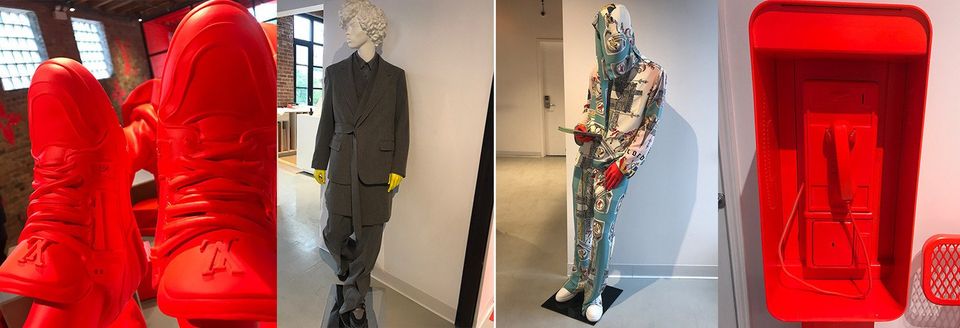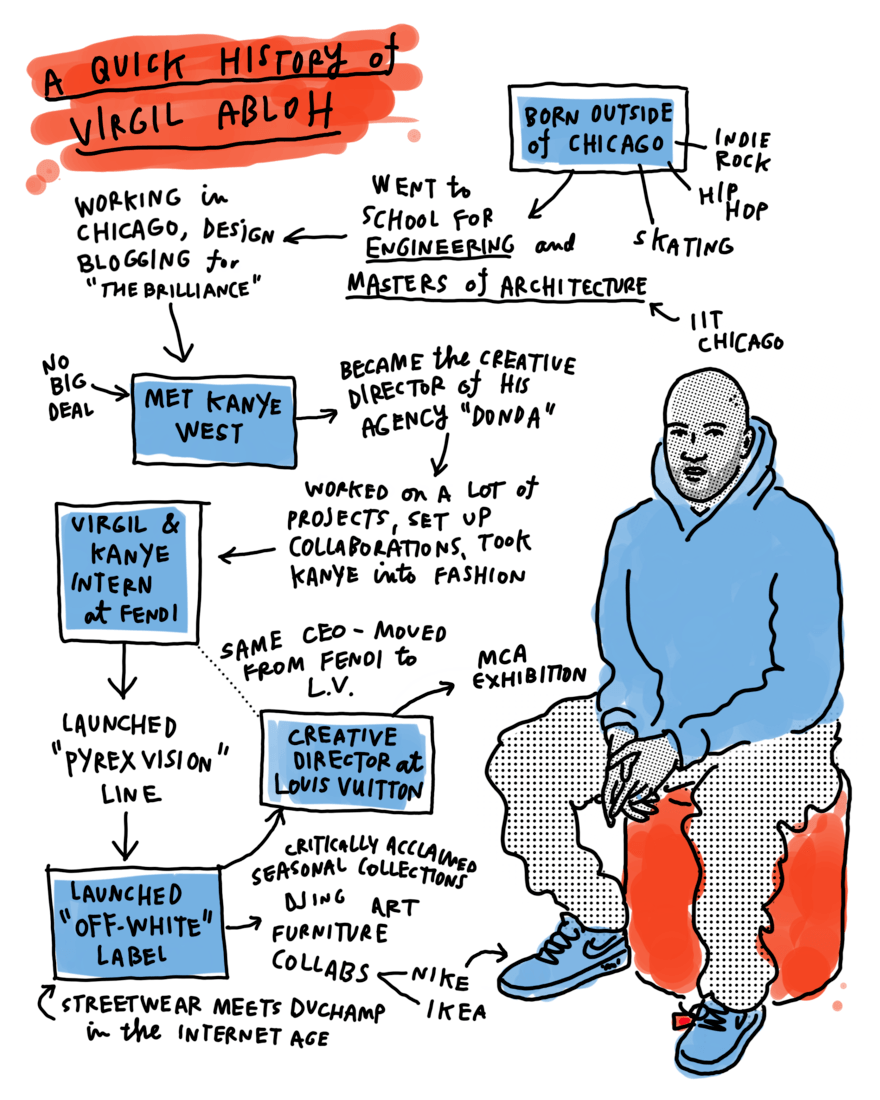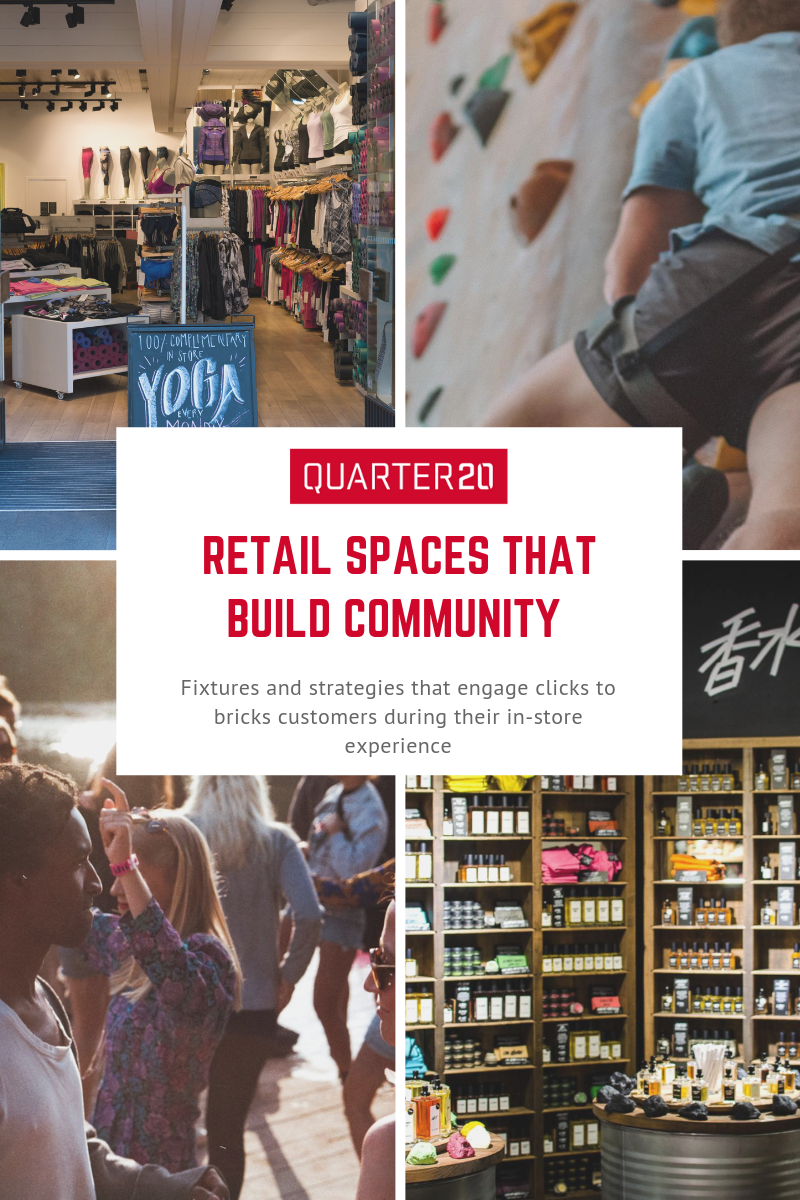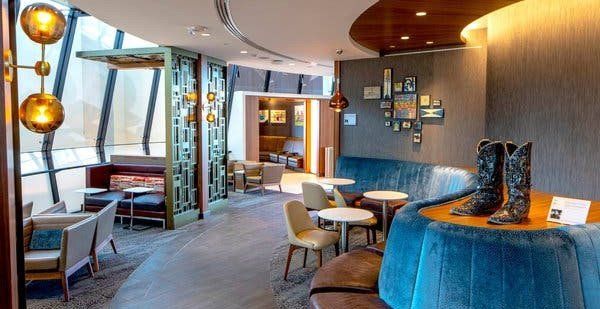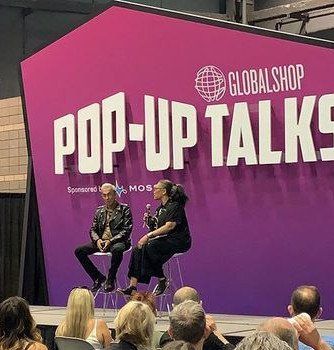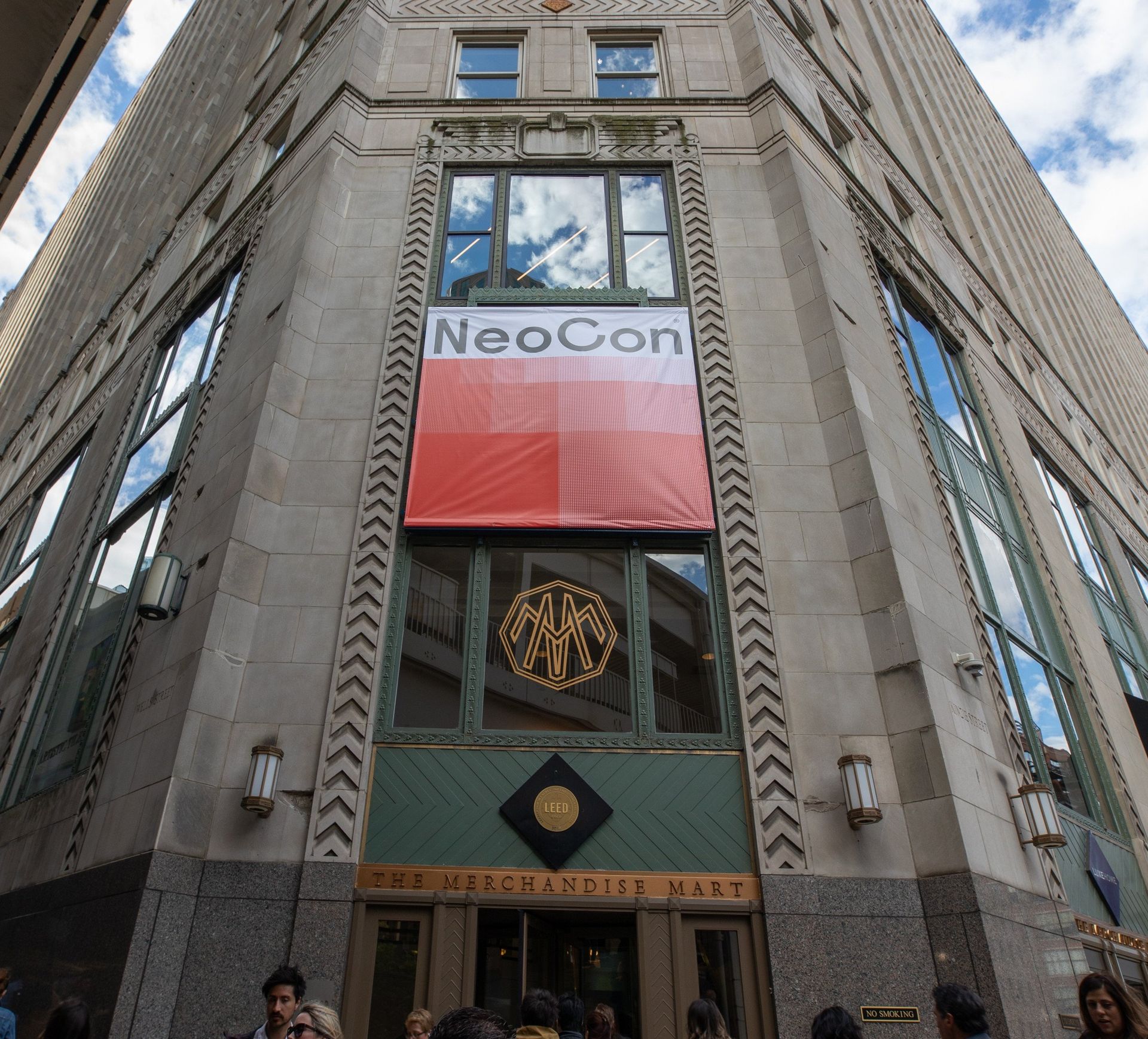Review: Louis Vuitton Pop-up
Louis Vuitton Men's FW19 Randolph st. take over
If there is anyone that knows how to stand out in Chicago, it’s Louis Vuitton. From June 8th to July 7th, Louis Vuitton’s bright orange pop-up shop made its temporary residence in the West Loop of Chicago. Intrigued by its vibrant and vast nature, Quarter20 had a field trip to evaluate the hype, and experience the fusion between art and retail. Virgil Abloh: Artistic Director at Louis Vuitton/Fashion Designer/Former Creative Director to Kanye West/Jack of all Trades/ is promoting his upcoming Men’s Fall and Winter 2019 Collection through the shop. The Chicago pop-up is its first collection on tour.
The buildings orange exterior patterned with classic Louis Vuitton monograms, paired with orange dipped benches and phone booths on its facade made for great photo ops that worked in Vuitton’s favor — free advertising. We applauded the exterior’s paintwork for its expansive surface area coverage and embrace of the original brick beneath it. When you walk in, Abloh’s monochromatic art installation takes center stage on the first floor of the space. This work is an extension from his exhibition “Figures of Speech” currently at the Museum of Contemporary Art here in Chicago.
At the entrance, you are taken aback by the size of the human figure that extends all the way to the second floor. Among the rest of the open floor, there were other human forms in various casual poses: sitting, standing, cart-wheeling, looking out from a balcony above, and throwing a peace sign. While we didn't notice at first, the orange figures were wearing pieces from the summer collection branded in Louis Vuitton.
Most of the featured collection was set on the second floor. The number of pieces was limited to a small narrow section, and many accessories integrated rainbow-colored elements. It is said that some orange accessories like hats, sunglasses, and bags were exclusively made for Chicago. None of the merchandise had price tags, which exemplified a luxurious experience where the price is an afterthought. We learned that there was no back stock and everything you saw in the floor space was ready to buy and take home. Some figures more resembling of mannequins wore pieces from the Fall/Winter Collection. Upon observing the different statues, one can speculate the orange figures represents the summer season that has come and gone and is making room for the next fashion season.
While the concept of the installation integrated with retail was interesting and accomplished its goal of garnering national attention, not many of us felt compelled by the collection as most of our focus gravitated towards the art installation. The fixtures used for setting accessories and clothes were simple in stature, which allows it to fit virtually in any space and location. Small areas designated for shoppers to sit down were soft and cushioned, compared to other hard-edge stools and tables in the space. As a retail space, it was not functional for a large number of people, but it could very well have been Abloh’s intention to make the entire experience feel like an art gallery. With the growing popularity in Instagrammable moments and locations, news of this pop-up spread like wildfire through social media. It stirred conversation and peaked many's curiosity, something Abloh regularly likes to do with his artwork.
Louis Vuitton opens their next pop-up in New York City this Friday, July 12th. The shop will be transforming into neon green and have another unique collection for New York. It will be open through July 21st.
More info: https://us.louisvuitton.com/eng-us/articles/pop-up-chicago
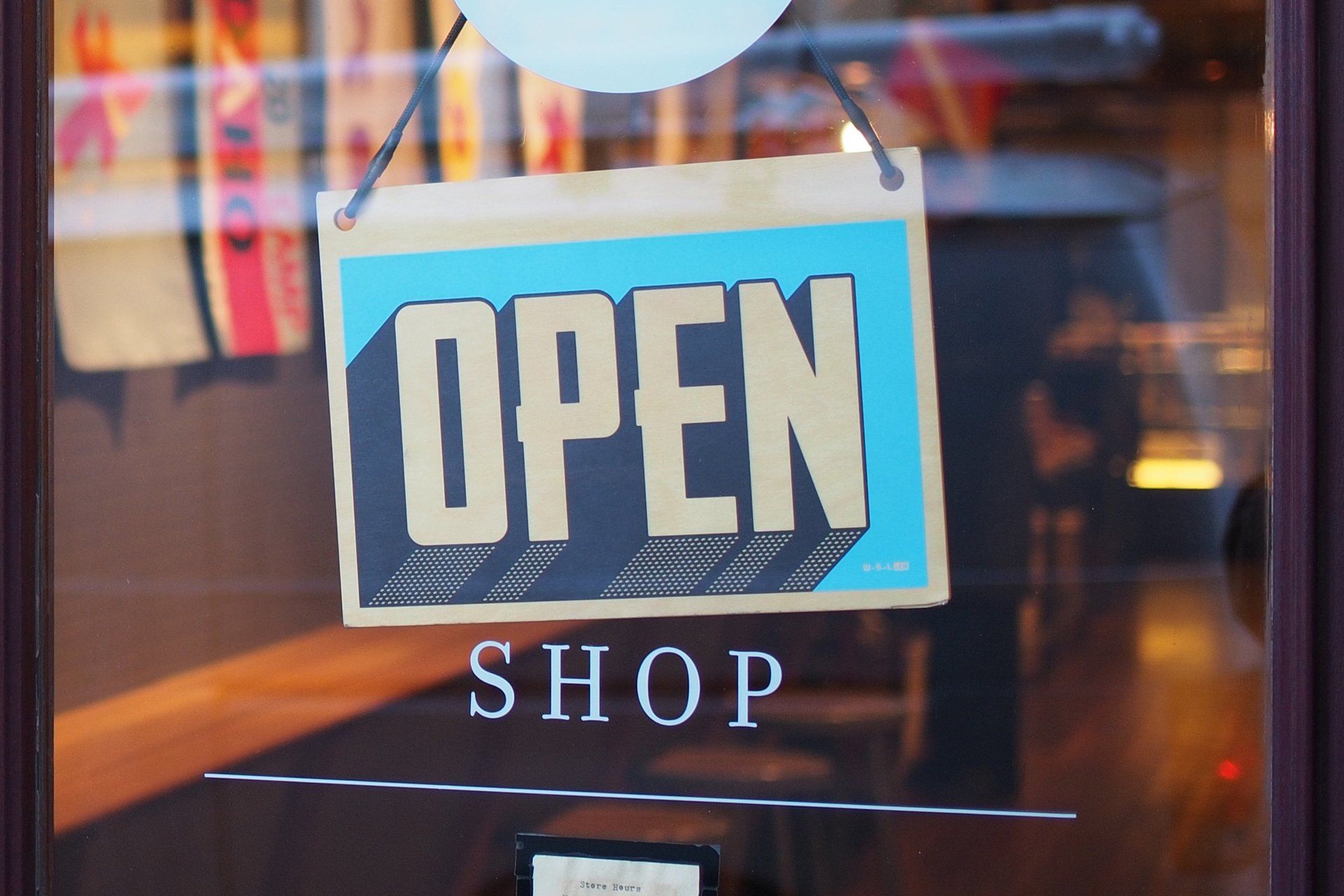
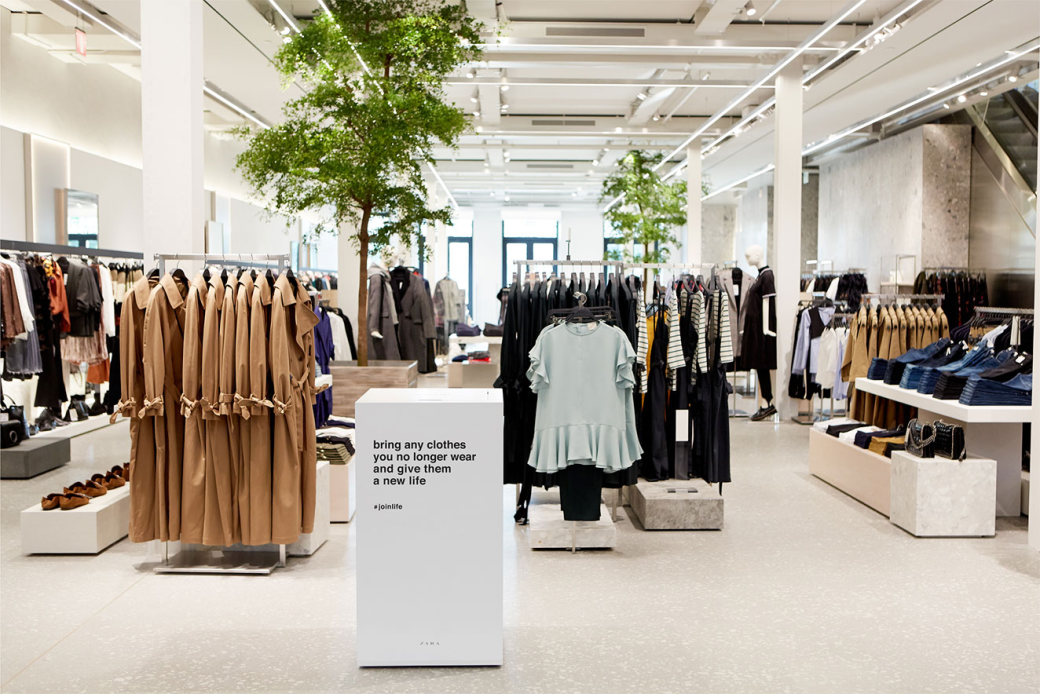
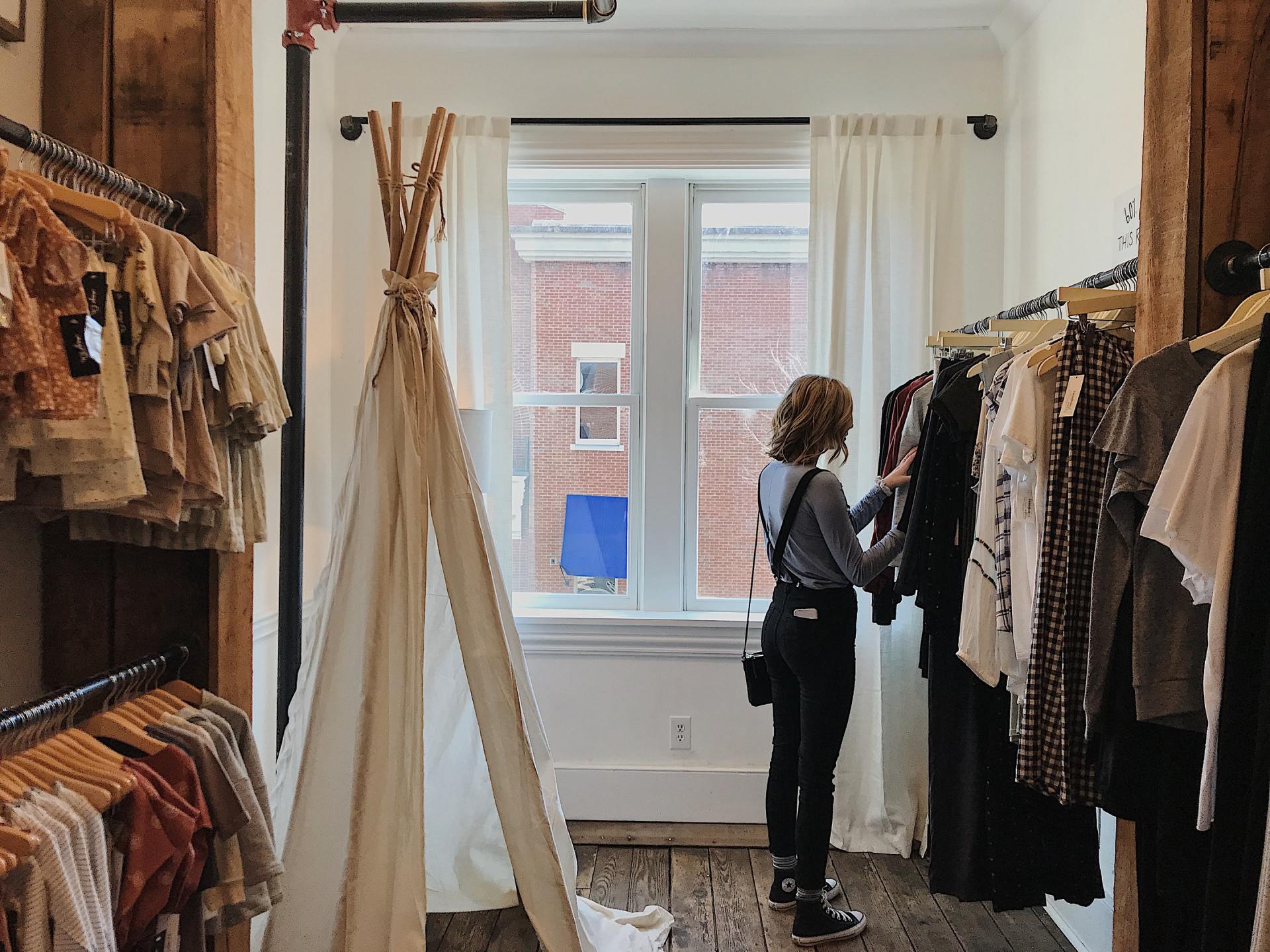
The Case For Convenience. How These Retailers Built Convenience Directly Into Their Brand Experience
